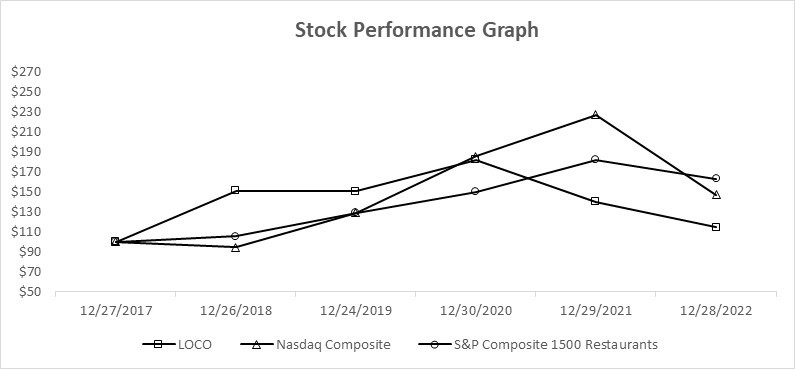Our long-term success depends in part on our ability to effectively identify and secure appropriate sites for new restaurants.
In order to build new restaurants, we must first identify markets where we can enter or expand our footprint, taking into account numerous factors, including the location of our current restaurants, local economic trends, population density, area demographics, cost of construction and real estate and geography. Then we must secure appropriate restaurant sites, which is one of our biggest challenges. There are numerous factors involved in identifying and securing an appropriate restaurant site, including: evaluating size of the site, traffic patterns, local retail, residential and business attractions and infrastructure that will drive high levels of customer traffic and sales; competition in new markets, including competition for restaurant sites; financial conditions affecting developers and potential landlords, such as the effects of macro-economic conditions and the credit market (including the potential for rising interest rates), which could lead to these parties delaying or canceling development projects (or renovations of existing projects), in turn reducing the number of appropriate restaurant sites available; developers and potential landlords obtaining licenses or permits for development projects on a timely basis; proximity of potential restaurant sites to existing restaurants; anticipated commercial, residential and infrastructure development near the potential restaurant site; and availability of acceptable lease terms and arrangements, including construction costs.
In addition, competition for restaurant sites in our target markets can be intense, and development and leasing costs are increasing. Given the numerous factors involved, we may not be able to successfully identify and secure attractive restaurant sites in existing, adjacent or new markets, which could have a material adverse effect on our business, financial condition and results of operations.
We have incurred, and may continue to incur, significant impairment of certain of our assets, in particular in our new markets.
The recognition of impairment charges may adversely affect our future operations and results. In assessing the recoverability of our long-lived assets, we consider changes in economic conditions and make assumptions regarding estimated future cash flows and other factors. There is uncertainty in the projected undiscounted future cash flows used in our impairment review analysis, which requires the use of estimates and assumptions. If actual performance does not achieve the projections, or if the assumptions used change in the future, we may be required to recognize impairment charges in future periods, and such charges could be material. Given the difficulty in projecting results for newer restaurants in newer markets, as well as the impact of the COVID-19 pandemic, we monitor the recoverability of the carrying value of the assets of several restaurants on an ongoing basis. Asset impairments to new units or future capital expenditures could present additional exposure. Closures could also require additional expenditures. Furthermore, franchised unit closings could result in the loss of franchise revenue and have other adverse effects on us.
Changes in food, supply costs, especially for chicken, labor, construction and utilities could adversely affect our business, financial condition, and results of operations.
Our profitability depends in part on our ability to anticipate and react to changes in the cost of food, supplies, labor, construction and utilities. In 2022, the costs of commodities, labor, energy and other inputs necessary to operate our restaurants have significantly increased. In addition, we are susceptible to increases in food costs as a result of factors beyond our control, such as general economic conditions, seasonal economic fluctuations, weather conditions, global demand, food shortages, food safety concerns, infectious diseases, fluctuations in the U.S. dollar, cyber-attacks, transportation issues, product recalls, and government regulations, including tariffs and other import restrictions on foreign produce and other goods. In 2021 and continuing into 2022, for example, we experienced inflationary pressures due to supply chain disruptions that adversely impacted and may continue to adversely impact our business and results of operations. Environmental and weather-related issues, such as freezes, drought and climate change, may also lead to increases, temporary or permanent, or spikes in the prices of some ingredients, such as produce and meat. Any increase in the prices of the ingredients most critical to our menu, in particular chicken, as well as corn, cheese, avocados, beans, rice, and tomatoes, could adversely compress our margins, or cause us to raise our prices, reducing customer demand. Alternatively, in the event of cost increases with respect to one or more of our raw ingredients, we might choose to temporarily suspend serving menu items, such as guacamole or one or more of our salsas, rather than pay the increased cost. Additionally, as a substantial volume of produce and other items are procured from Mexico, and occasionally other countries including Chile and Peru, any new or increased import duties, tariffs or taxes, or other changes in U.S. trade or tax policy could result in higher food and supply costs that would adversely impact our financial results. Any such
